Search
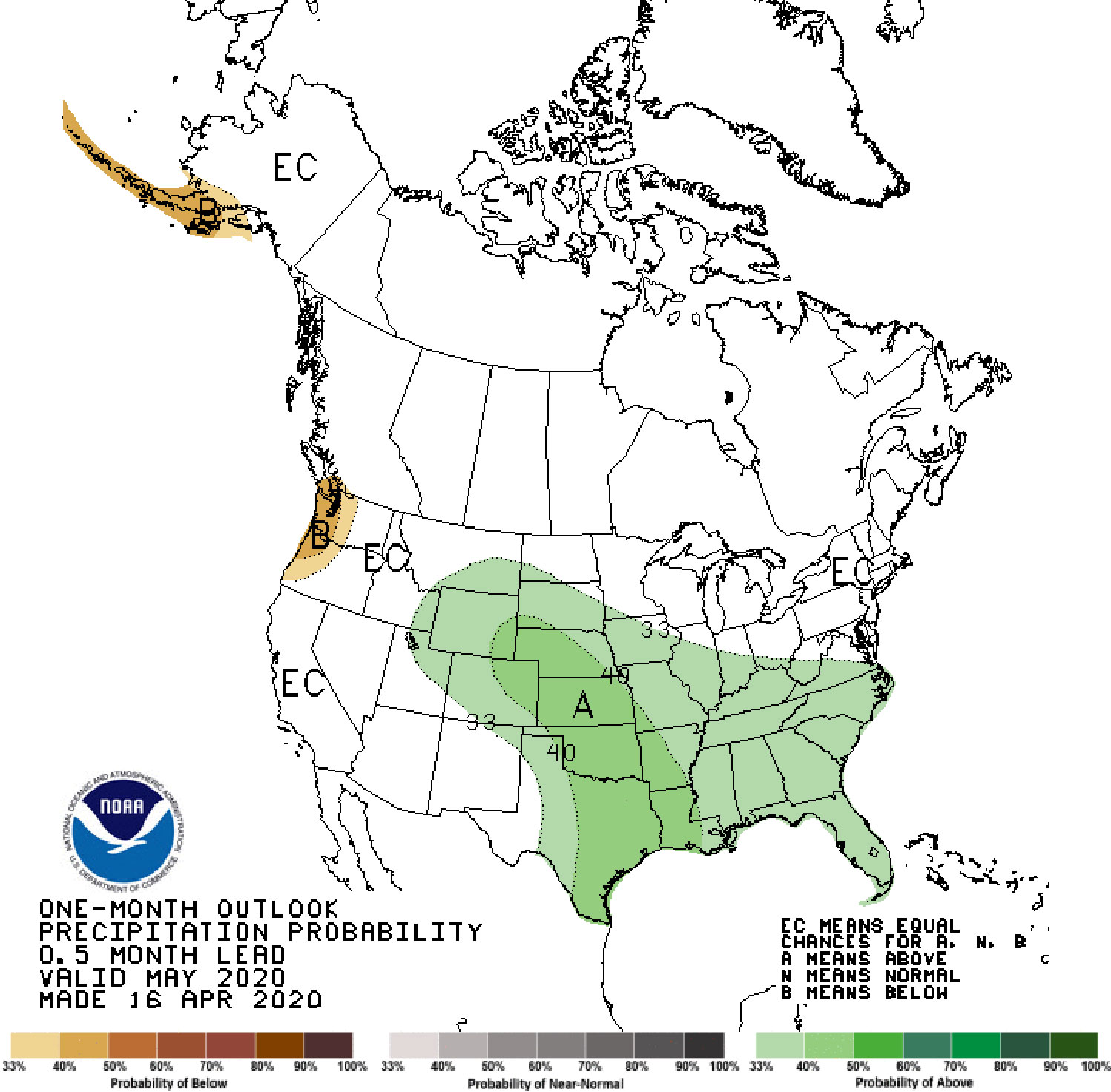
May 2020 Climate Outlook
On April 16, NOAA’s Climate Prediction Center released their climate outlook for May and the coming three-month period of May through July. There is a lot of uncertainty in the temperature outlook for the next one-to-three months in the Northern Plains Region.

2019 Wheat Field Plot Trials Summary: Fungal and Bacterial Disease Trials
This publication provides a summary of wheat trials conducted in 2019 to determine efficacy of various products in managing wheat diseases.
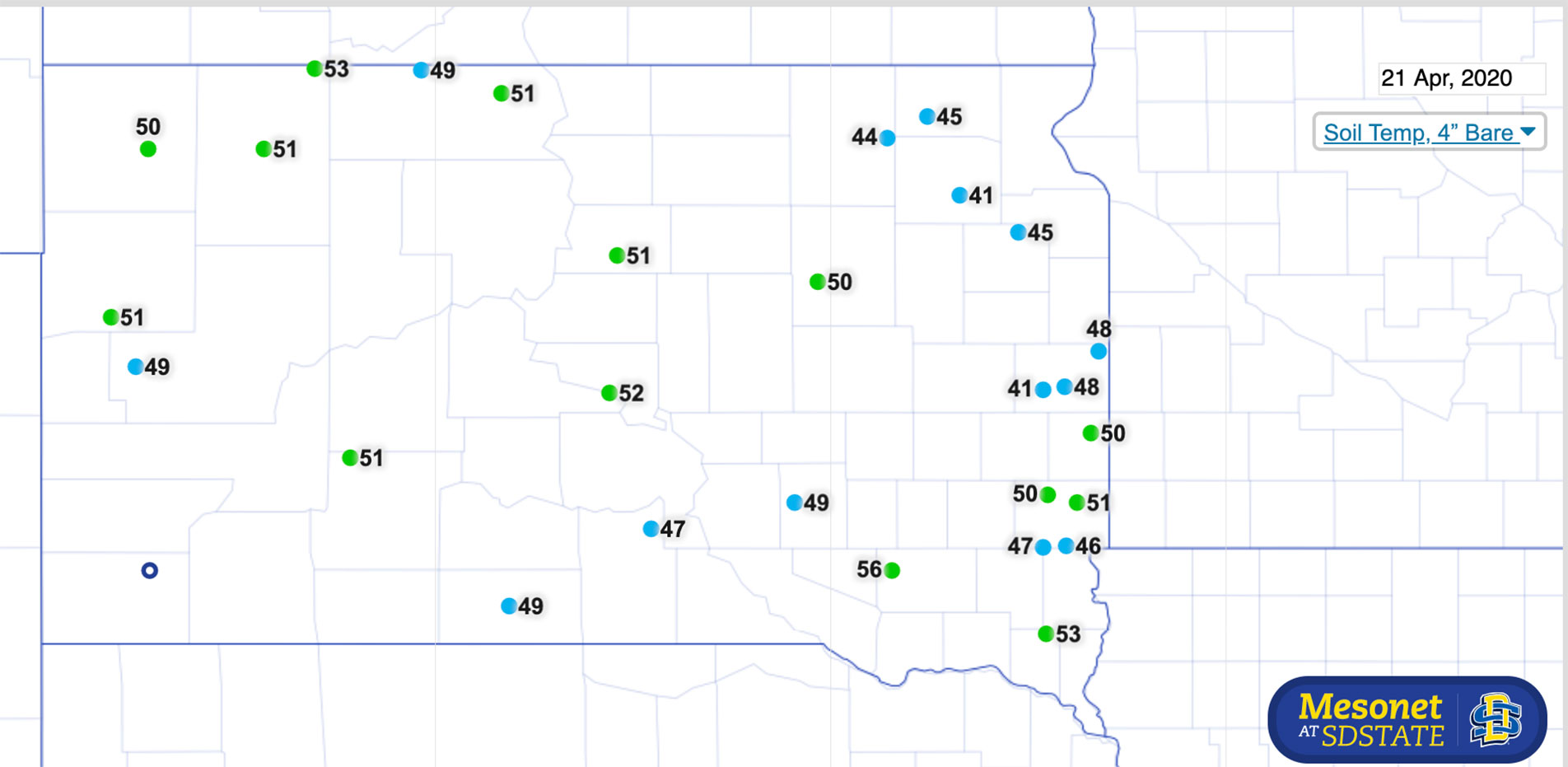
Soil Temperature for Planting Spring Crops
Soil temperature is an important consideration for deciding when to begin planting spring crops. If producers in South Dakota would like a quick reference for soil temperatures in their area, the SD Mesonet network measures soil temperature at several weather stations throughout the state.
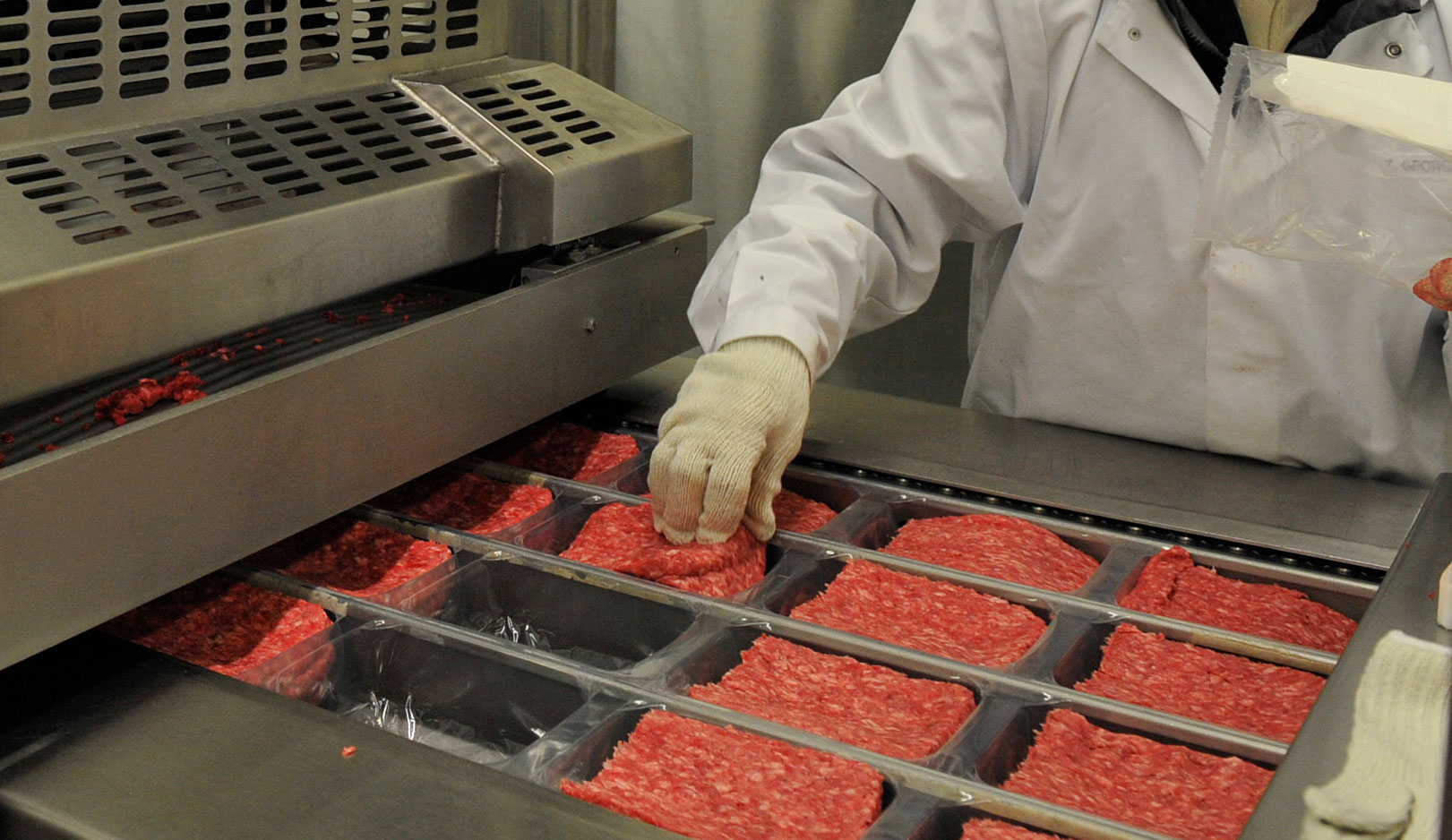
Meat Inspection in South Dakota: Requirements and Resources for Processing and Selling Meat
If you are considering marketing your animals directly to consumers it is important to understand the inspection requirements for selling meat directly to consumers.
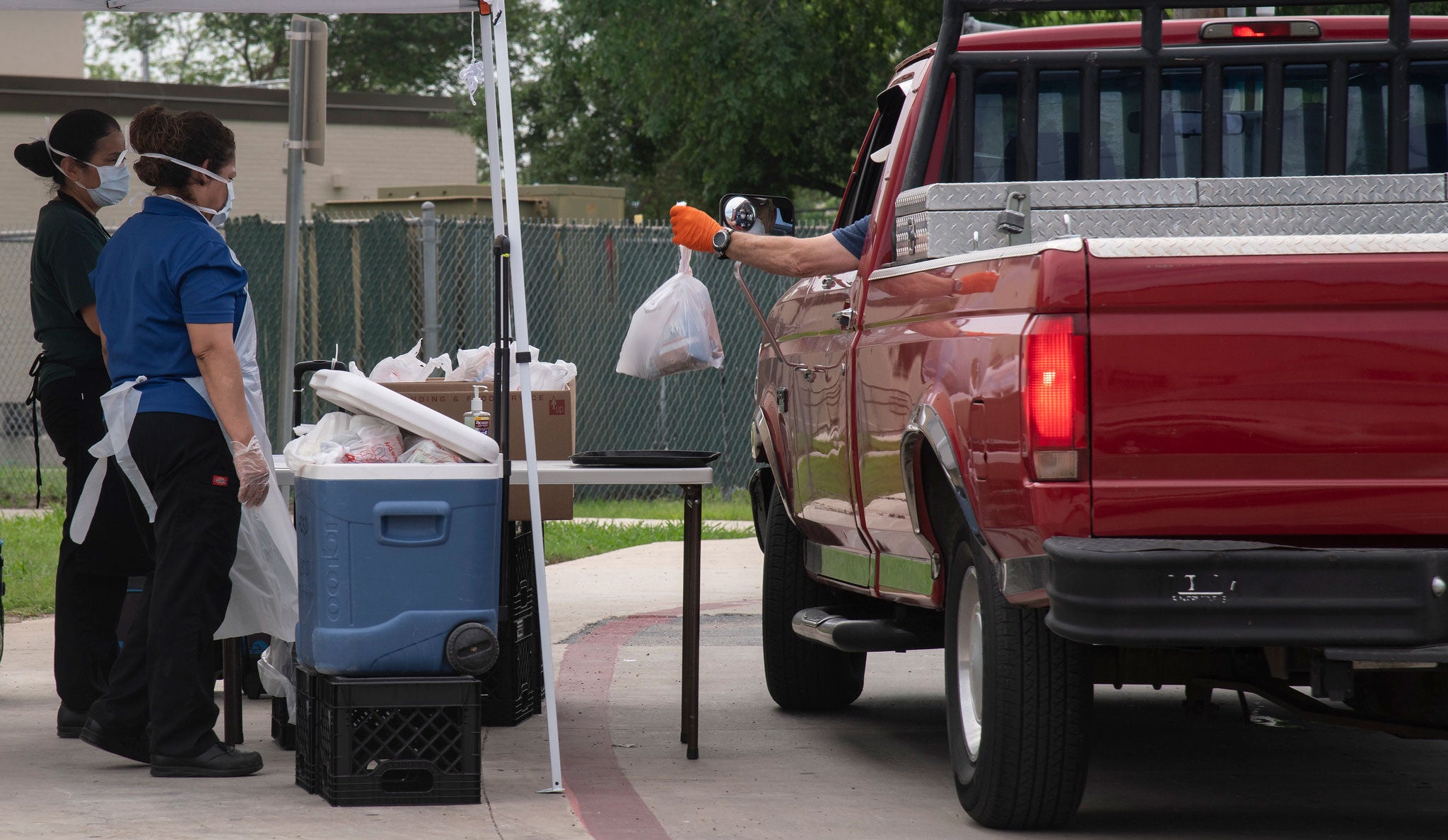
Farmers Markets and COVID-19
Farmers markets are a very important sector in South Dakota. The COVID-19 pandemic has raised a great deal of concern on trying to keep these markets open, while providing a safe environment for consumers to shop. This article is a guide to help farmers markets set up their operation in a manner that will best protect consumers and allow for continuation of operations.
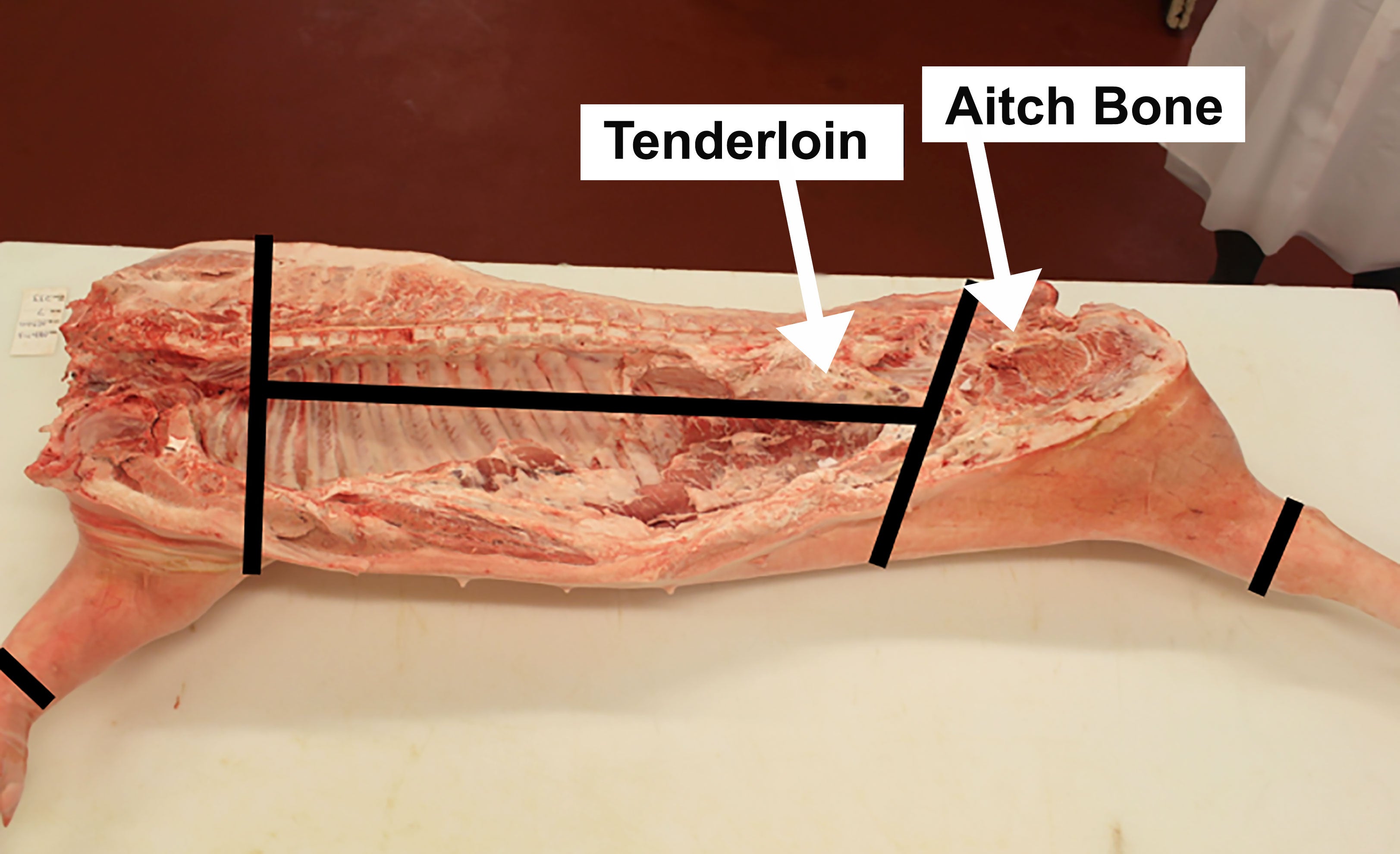
At-Home Hog Slaughter
One option to address supply chain disruptions is to butcher pigs at home.
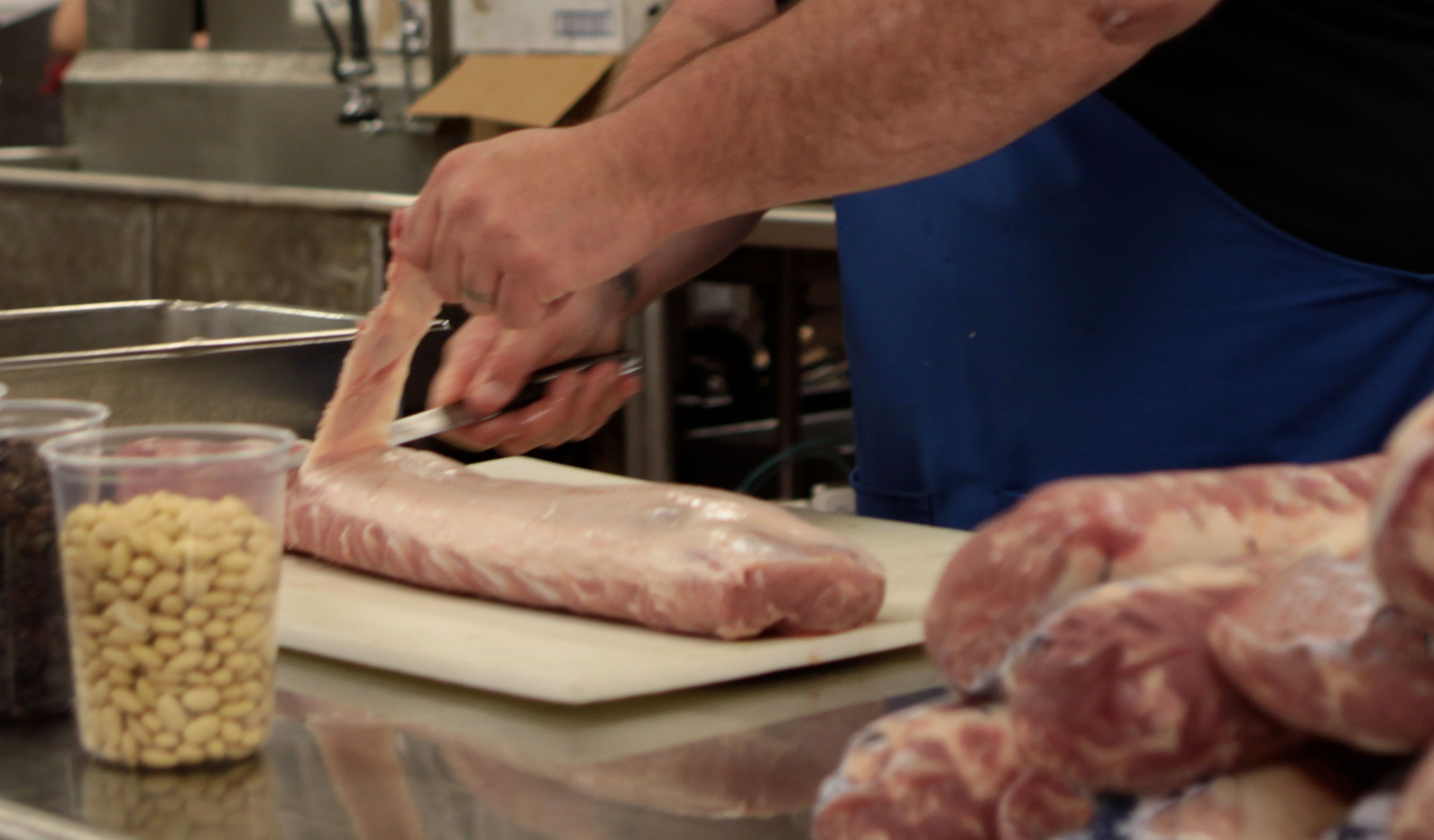
Pork Carcass Fabrication: Primal and Retail Cuts
This article is intended to provide guidance on the proper techniques for fabricating a pork carcass at home.
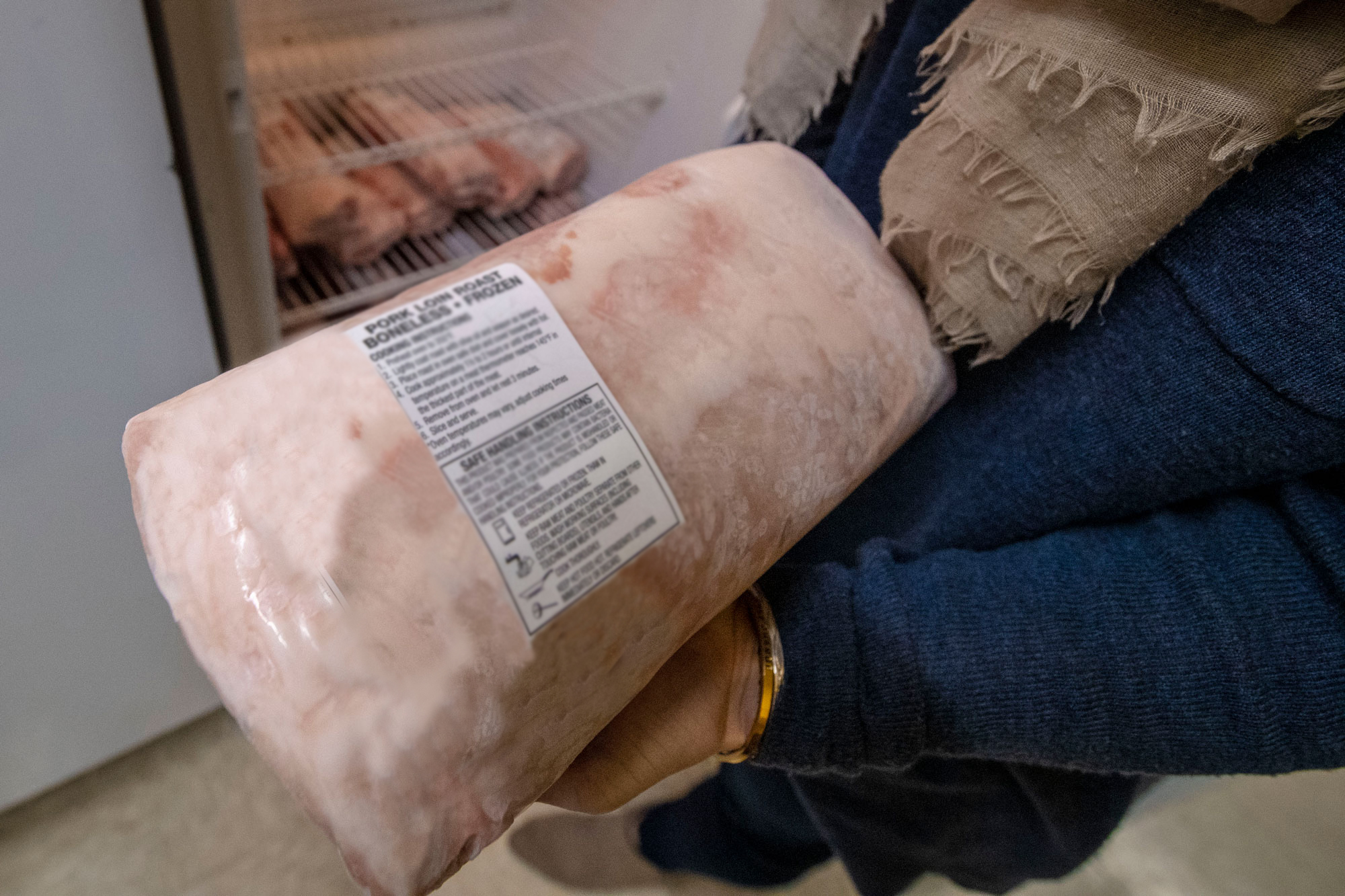
Pork Carcass Fabrication: Packaging and Meat Safety
This article is intended to provide guidance on the proper techniques for packaging meat and storing meat at home.
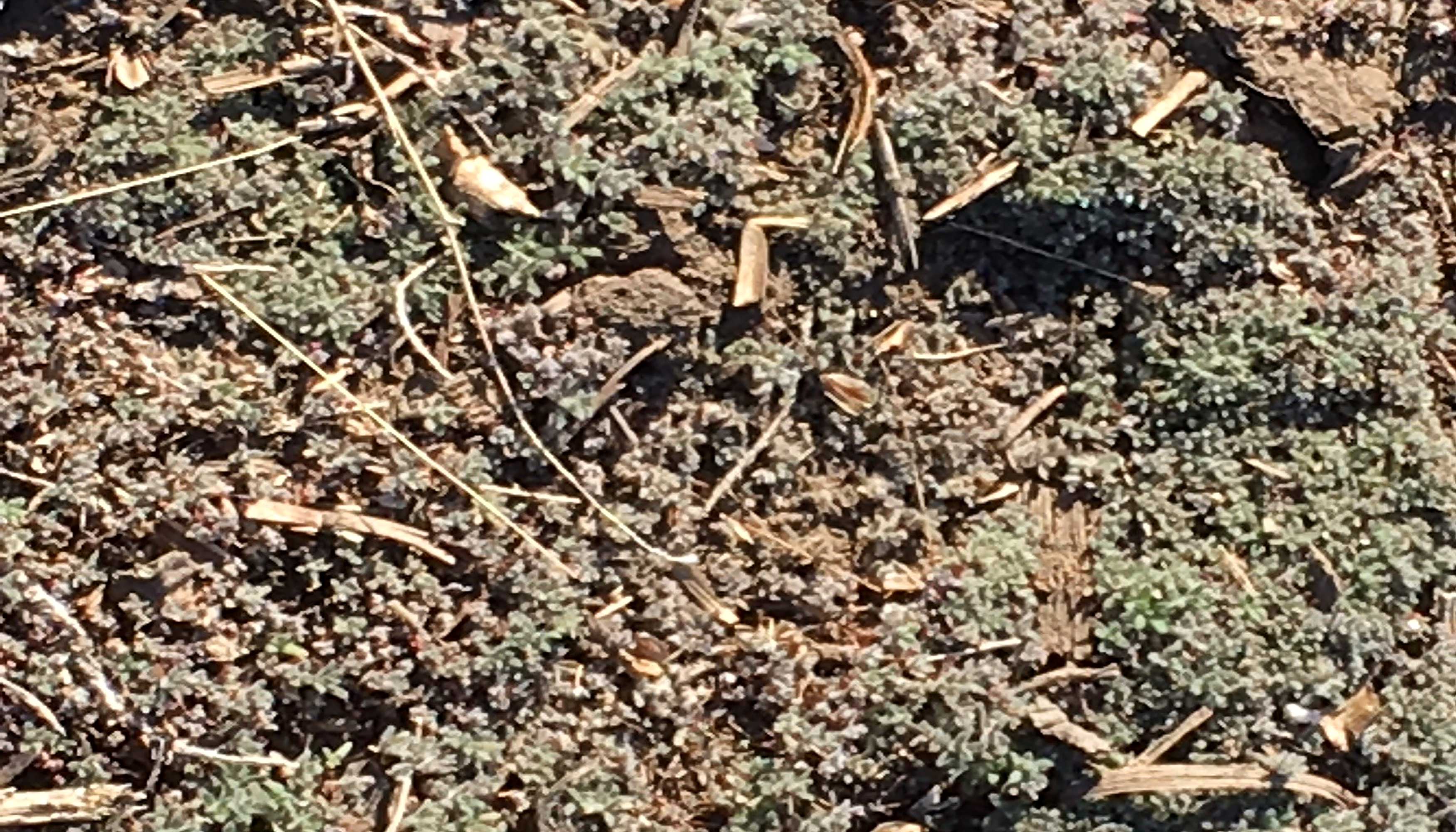
Temperature and Herbicide Performance
In South Dakota, the spring can come with a wide range of temperature fluctuations. This will affect the performance of burndown herbicides. Depending upon the target weed, type of herbicide and application rate, there will likely be decreased weed control in cooler temperatures.

How to Stop Drift
The goals of applying any crop protection products include: increasing effectiveness, mitigating drift, and maximizing profits. We will focus on mitigating drift, even though all three interact with each other.